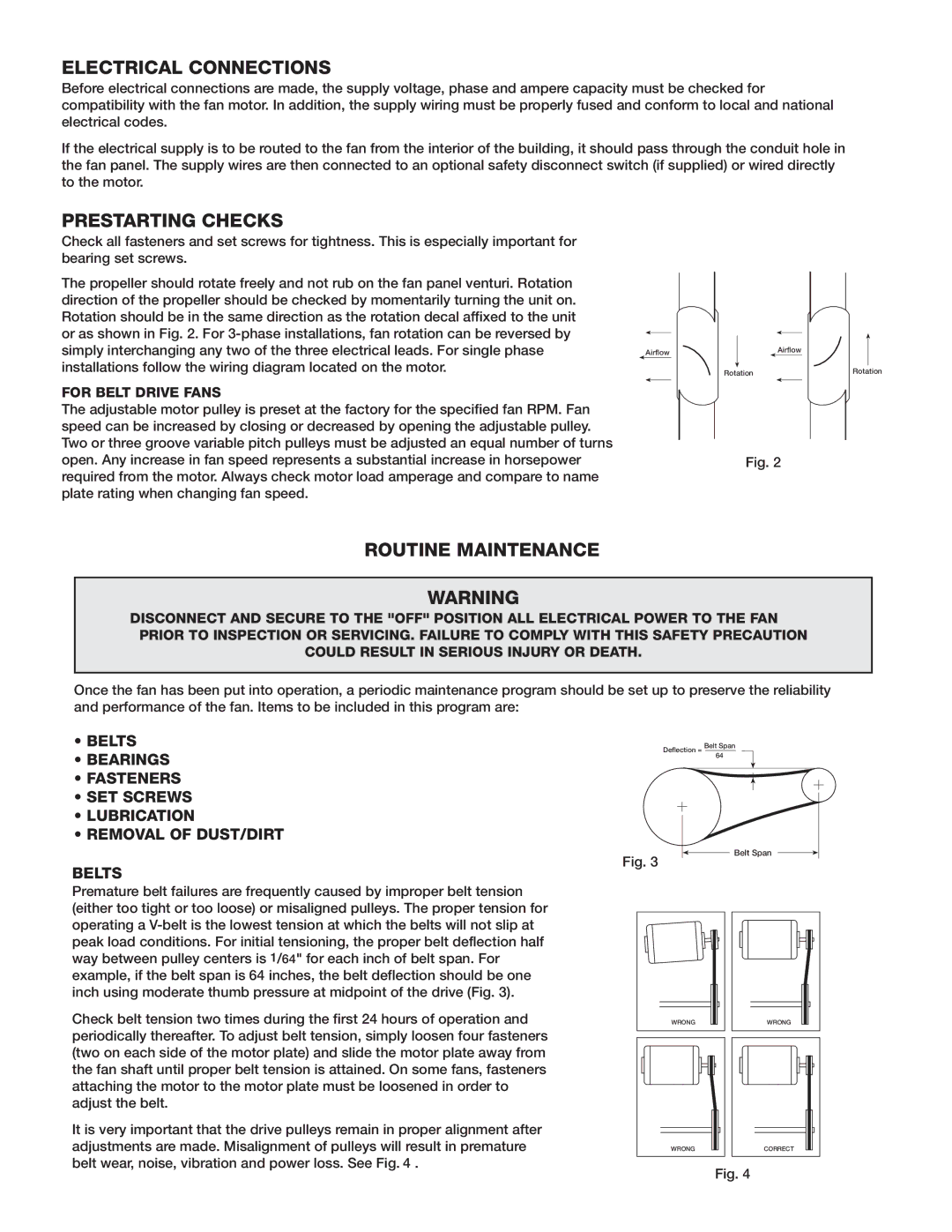Hooded Propeller Roof Fans specifications
Greenheck Fan is a leader in the manufacturing of ventilation equipment, recognized for its innovative solutions that enhance indoor air quality and energy efficiency. Among their extensive product lineup, the hooded propeller roof fans stand out for their superior performance and reliable operation in various applications.The primary function of Greenheck's hooded propeller roof fans is to provide effective ventilation while optimizing air movement in commercial and industrial settings. One of the main features of these fans is their hooded design, which serves to protect the fan blades from rain, snow, and debris. This aerodynamic hood not only extends the life of the fan but also improves its performance by minimizing the effects of wind and other environmental factors.
Greenheck's hooded propeller roof fans are available in various sizes and configurations, making them suitable for a wide range of applications. They are designed to effectively exhaust air from spaces such as warehouses, restaurants, and manufacturing facilities, contributing to improved air quality and comfort. The fans are equipped with powerful propeller blades that deliver high airflow rates while maintaining low noise levels, a critical factor in environments where minimizing sound is essential.
The fans incorporate advanced technologies to enhance energy efficiency and operational reliability. For instance, many models feature energy-efficient motors that reduce power consumption without compromising performance. Additionally, the fans are built with durable materials that withstand harsh weather conditions, ensuring dependable operation year-round.
Another notable characteristic of Greenheck's hooded propeller roof fans is their ease of installation and maintenance. The fans are often designed to be mounted directly to the roof, minimizing the need for extensive support structures. Their simple design means that routine maintenance can be carried out quickly and efficiently, helping to keep downtime to a minimum.
Overall, Greenheck's hooded propeller roof fans represent a blend of functionality, durability, and efficiency. The combination of hooded designs, energy-efficient motors, and robust construction makes these fans a popular choice for those seeking reliable ventilation solutions. With their commitment to innovation, Greenheck remains at the forefront of the industry, meeting the evolving needs of its customers while promoting sustainable practices.

